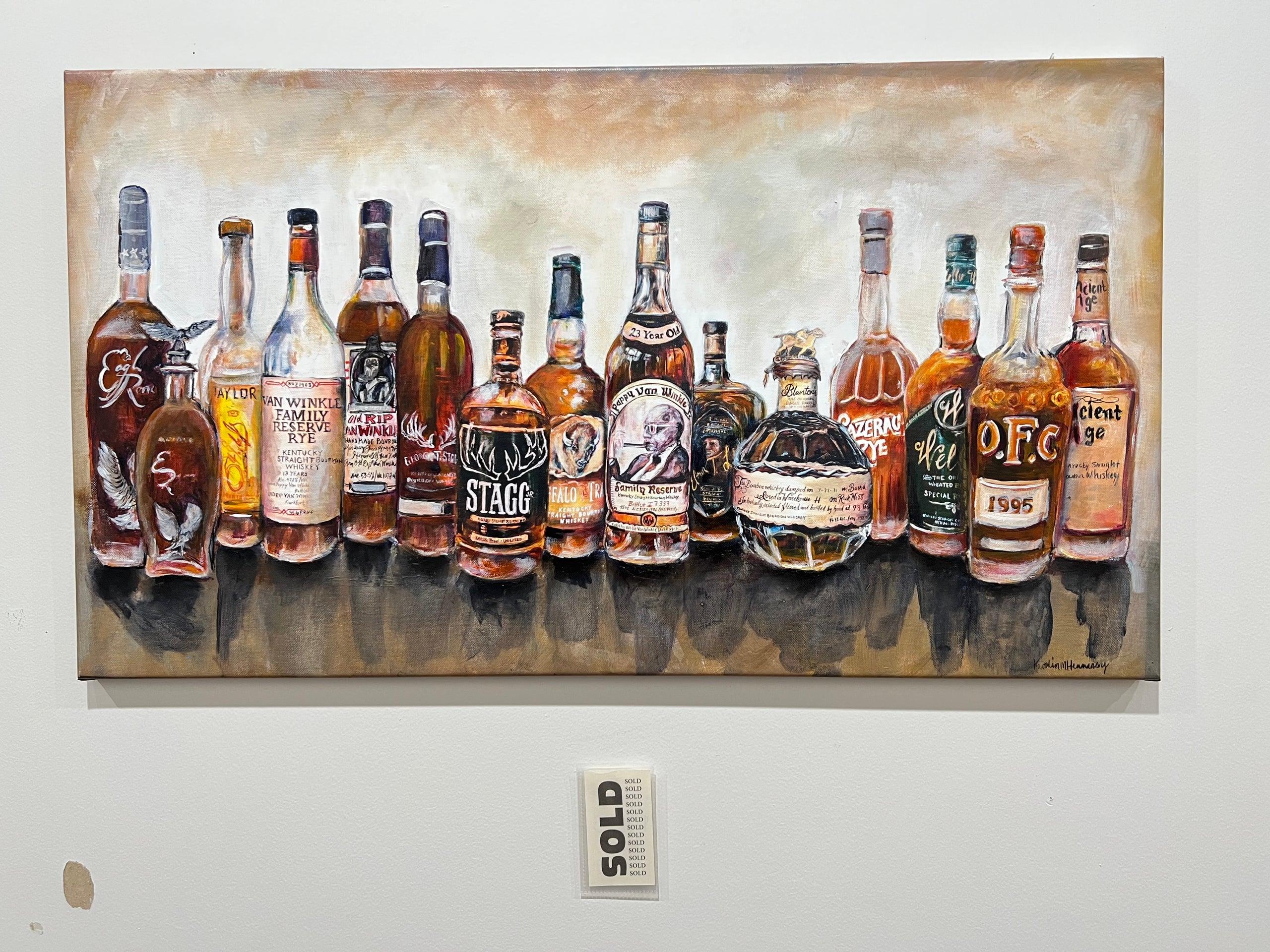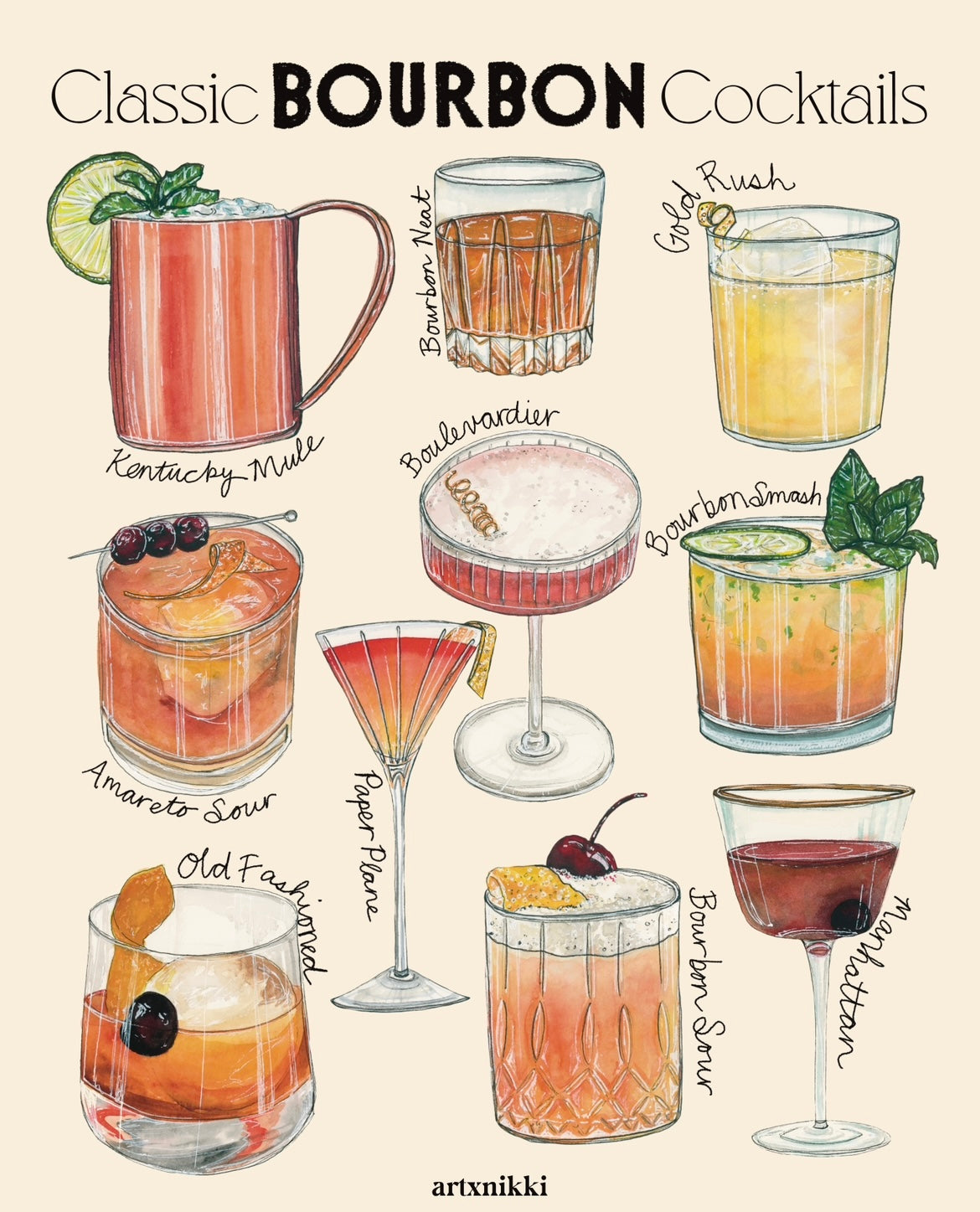The Significance of Whiskey Art in Celebrating Heritage and Craftsmanship in the Beverage Industry
The elaborate partnership in between whiskey art and the party of heritage and craftsmanship within the drink market can not be overstated. Through thoughtfully designed bottles and tags, bourbon brands envelop their historical roots and the artisanal abilities that define their manufacturing methods.
The Historical Origins of Whiskey
At the heart of bourbon's allure lies a rich tapestry of historic origins that trace back to old human beings. The beginnings of bourbon can be linked to the distillation techniques of the Sumerians and Babylonians around 2000 BCE, where very early forms of fermented grain drinks started to emerge. Nevertheless, it remained in the Middle Ages that the art of purification advanced dramatically, specifically in Ireland and Scotland, bring about the production of bourbon as we understand it today.
The term "bourbon" itself acquires from the Gaelic word "uisce beatha," suggesting "water of life." This phrase highlights the social relevance of scotch in Celtic cultures, where it was typically associated with routines, parties, and public bonding. By the 15th century, distillation became an identified craft within monastic neighborhoods, paving the means for the establishment of legal distilleries.
As trade courses expanded, bourbon's appeal grew, going beyond regional boundaries and recording the interest of connoisseurs worldwide. Limited Edition. This historic trip shows not only the workmanship behind bourbon manufacturing yet also its essential function in social and cultural contexts, marking it as a significant drink throughout background
Artistic Expression in Branding
Scotch branding stands as an engaging intersection of virtuosity and business, where aesthetic identification plays an essential duty fit customer perception. The looks of whiskey labels, product packaging, and advertising materials reflect not just the brand name's tale yet also its core values and heritage. Via creative expression, distilleries convey a story that reverberates with consumers, stimulating feelings and sparking connections.
The usage of color, typography, and images in branding offers to differentiate products in a saturated market. Standard themes may stimulate a sense of authenticity and workmanship, while modern designs can symbolize innovation and forward-thinking. This critical artistic direction boosts brand name acknowledgment and commitment, allowing consumers to create an individual relationship with the scotch they choose.
Furthermore, creative expression in branding typically acts as an event of regional heritage. Distilleries often include regional signs or historical referrals into their layouts, producing a feeling of location that invites customers to partake in a broader social experience. Eventually, the virtuosity behind bourbon branding not only boosts visual allure however likewise enhances the total story of the brand name, cultivating a deeper appreciation for the craftsmanship and heritage ingrained in each bottle.
Craftsmanship in Container Layout
The virtuosity noticeable in whiskey branding prolongs past aesthetic identity to incorporate the craftsmanship entailed in container style. Each bottle acts as a vessel not simply for the spirit within, however also for the story it outlines its beginning, custom, and top quality. The style procedure requires meticulous interest to detail, as components such as form, product, and closure add significantly to the total perception of the whiskey.
Workmanship in container design entails choosing high-quality glass that can boost the bourbon's color and clearness, top article while likewise giving a responsive experience for the customer. The shape of the container should be both functional and visually enticing, commonly showing the heritage of the brand. Lots of distilleries choose one-of-a-kind shapes or printed logos that evoke a feeling of credibility and history.
Furthermore, the tag design and typography play an essential role in communicating the brand name's story. Whiskey Art. A well-crafted bottle not only astounds the consumer's eye yet additionally enhances the brand's dedication to high quality and practice. In this means, the craftsmanship of bottle design ends up being a crucial facet of the scotch experience, combining virtuosity with a profound regard for heritage
Social Importance of Scotch Art
Commemorating tradition and workmanship, the cultural significance of scotch art goes beyond simple aesthetics, intertwining with the historic and social stories of the regions where it stems. Each bottle offers as a canvas, showing the one-of-a-kind tales, mythology, and customs that have shaped local whiskey-making techniques. The complex layouts often mirror the heritage of the distillers, including symbols and concepts that reverberate with the culture and worths of their neighborhoods.

Furthermore, bourbon art plays a vital function in communal celebrations and celebrations, working as a tangible web link in between people and their shared experiences. By valuing the creativity in bourbon packaging, customers cultivate a deeper understanding and respect for the craft, inevitably enriching their satisfaction of the beverage itself.
Modern Trends in Bourbon Presentation
Recently, the discussion of scotch has actually developed to show modern tastes and trends while still recognizing typical craftsmanship - Whiskey Art. Distilleries are progressively concentrating on aesthetic aspects that enhance the total drinking experience, connecting the space between heritage and modernity
Cutting-edge bottle designs have actually arised, usually including lasting products and creative tags that tell engaging stories. Numerous brand names now work together with local musicians, instilling their items with special visual expressions that reverberate with customers. In addition, limited-edition launches are usually packaged in collectible containers, adding worth and charm for aficionados.

Final Thought
In verdict, bourbon art offers as an important channel for revealing go to this website the heritage and craftsmanship integral in the drink sector. With detailed branding, ingenious bottle designs, and culturally considerable creative elements, whiskey brand names effectively recognize their customs and connect with customers.


Craftsmanship in bottle style involves choosing high-grade glass that can enhance the scotch's shade and quality, while likewise providing a tactile experience for the consumer. In this way, the workmanship of bottle design becomes an important aspect of the bourbon experience, merging creativity with an extensive respect for heritage.
In final thought, bourbon art serves as an essential channel for expressing the heritage and craftsmanship fundamental in the beverage market.